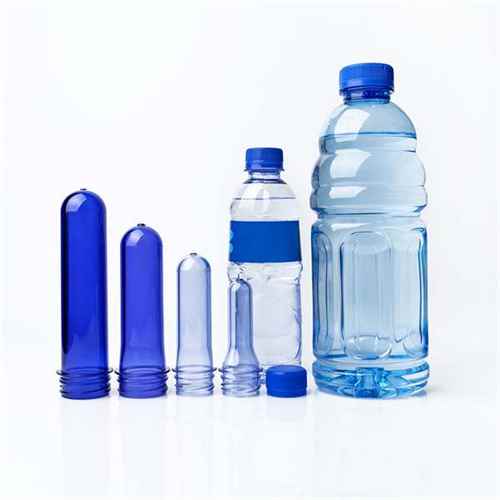Reasons Behind the Shift of Brands Toward PET
Reasons Behind the Shift of Brands Toward PET
A growing number of brands are adopting PET to comply with sustainability regulations and address consumer preferences for eco-friendly packaging. This shift supports their environmental objectives while also boosting operational efficiency and reducing expenses.
Here are a few key factors driving brands to select PET:

Sustainability
PET is at the forefront of eco-friendly packaging, offering brands a recyclable and circular option that aligns perfectly with their sustainability objectives. One of PET’s standout features is its resilience — it can undergo recycling several times while maintaining its original quality. Remarkably, a PET bottle can be collected, processed, and returned to store shelves as a brand-new bottle in as little as five days.
Recent research highlights the environmental advantages of PET. When compared to alternative materials, PET contributes far less to global warming. For instance, manufacturing a 500 ml PET bottle generates much lower carbon emissions than making bottles from other substances — aluminium produces 1.7 times as much CO?, while glass releases 5.6 times more. Additionally, the production of PET bottles is considerably more energy-efficient, consuming less energy than aluminium (which uses 1.3 times more) and glass (which requires 3.3 times more).
But that’s not all — PET bottles require less blue water (freshwater drawn from lakes, rivers, and underground sources) than either glass or aluminium containers, further reducing their strain on natural resources. The outlook for PET continues to improve as innovations focus on lighter bottles, higher recycled content, and increased recycling rates, all contributing to even lower environmental footprints.
Choosing PET isn’t just an environmentally responsible decision — it’s also a savvy investment in the future.
PET is 100% Recyclable
A growing number of businesses are opting for recycled PET (rPET) in their packaging solutions, with certain companies even producing items exclusively from recycled materials. This trend lessens reliance on virgin resources, yet maintains durable, top-tier packaging standards. By ensuring PET remains part of the recycling cycle, brands are minimizing landfill contributions and promoting a circular economic model.
The ecological benefits of rPET are substantial. Using rPET instead of new PET can cut carbon emissions by as much as 59%. When the recycling process utilizes renewable energy sources, these emissions reductions can soar to an impressive 90%.
Sustainability is central to everything we do, and a key part of this is our capability to utilize as much as 100% recycled PET (rPET) in our products. Although the effectiveness of rPET depends on variables such as the quality of the material, its ability to revolutionize packaging and minimize environmental impact is clear.
Here’s an interesting fact: Our Leeds-based recycling facility, EsterPET, produces the rPET we use. This partnership empowers Esterform to support your efforts in achieving your sustainability objectives.
Light-weighting
The reduced weight of PET brings significant advantages to both logistics operations and environmental sustainability.
Because PET packaging requires less material, it leads to lower shipping expenses and boosts fuel efficiency during transportation. In the beverage industry, where resin can account for 80% to 90% of overall costs, advances in lightweight packaging have enabled more than a 10% reduction in resin per package. This translates into direct savings for manufacturers, easier handling for consumers, and positive impacts on the environment — a true benefit for everyone involved.
Fun fact: Since 2020, making our products lighter has been a key part of our commitment to sustainability. So far, these efforts have eliminated more than 9,000 tons of material from our operations, reducing both production and shipping costs as well as resource use. Want more details? Explore our latest progress and future targets in sustainability here.